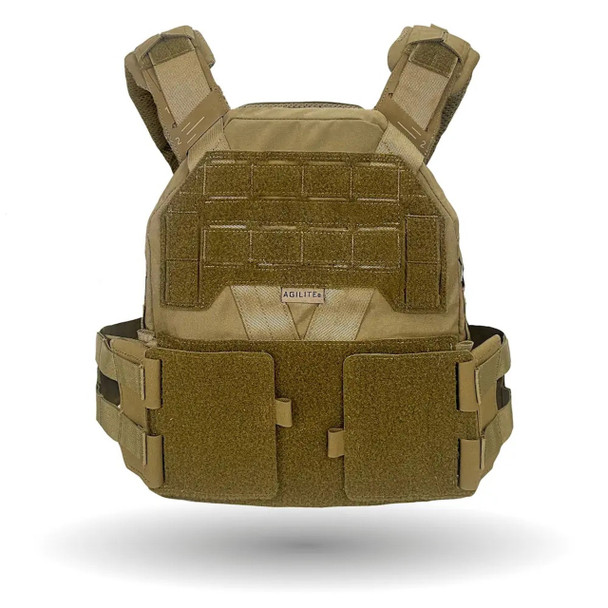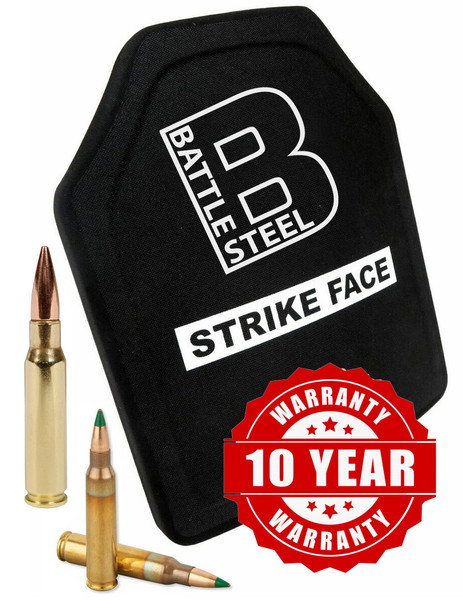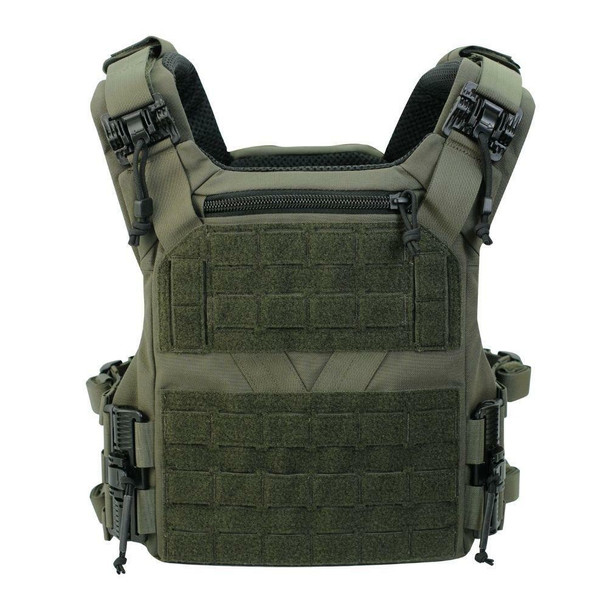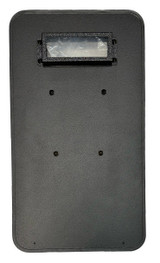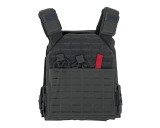Be Ready, Be Protected: A Guide to Choosing the Right Body Armor
Body armor is a crucial piece of equipment for anyone prioritizing safety in situations with potential ballistic threats. Whether you're a law enforcement officer, security professional, or a firearms enthusiast venturing into bear country, selecting the right body armor is vital for optimal protection. This comprehensive guide delves into the key factors to consider when choosing body armor, empowering you to make an informed decision.
Understanding Body Armor Types
There are two main categories of body armor:
- Hard Armor: Constructed from ballistic-resistant plates typically made of high-strength ceramics or composite materials. Hard armor offers superior protection against rifle rounds but can be heavy and bulky.
- Soft Armor: Comprised of layers of ballistic-resistant materials like Kevlar. Soft armor is lighter and more flexible than hard armor but generally offers less protection against higher-caliber rounds. Some soft armor options provide protection against specific threats like stab wounds or shrapnel.
Understanding Body Armor Protection Classes:
In the United States, the National Institute of Justice (NIJ) sets the standard for ballistic resistance in body armor. These standards are denoted by a Roman numeral classification system, with higher numbers indicating greater protection. Here's a breakdown of some common NIJ protection classes:
- NIJ Level IIA: Protects against most handgun threats up to .357 magnum rounds.
- NIJ Level II: Offers additional protection against some rifle threats like 5.56mm rounds with full metal jacket (FMJ) projectiles.
- NIJ Level IIIA: Stops a wider range of handgun threats, including .44 Magnum rounds, and some rifle threats like 7.62x39mm rounds with FMJ projectiles. This is a popular choice for law enforcement due to the balance between protection and weight.
- NIJ Level III: Provides protection against rifle threats including 7.62x51mm FMJ projectiles (commonly referred to as .308 Winchester).
- NIJ Level IV: Offers the highest level of ballistic protection for body armor, stopping armor-piercing rifle rounds. Due to the weight and bulk of Level IV armor, it is typically used by specialized units like SWAT teams.
It's important to remember that NIJ ratings only indicate protection against ballistic threats. Body armor may not fully protect against stab wounds, shrapnel, or blunt trauma. Some manufacturers offer soft armor options designed for these specific threats.
All About Armor Plates
Hard armor vests rely on ballistic plates inserted into pockets within the carrier vest. These plates are the primary source of protection against rifle rounds. Here's a closer look at armor plates:
- Materials: Ceramic, UHMWPE (ultra-high-molecular-weight polyethylene), and composite materials are commonly used for ballistic plates. Ceramic plates offer excellent ballistic protection but can be heavy and brittle. UHMWPE plates are lighter and more flexible but may not provide the same level of protection against certain high-powered rifle rounds. Composite plates combine materials to achieve a balance between weight and protection.
- Stand-Alone vs. In-Carrier: Some ballistic plates are designed to be used independently, while others are meant for use within a carrier vest. Stand-alone plates offer maximum protection but can be cumbersome. In-carrier plates are more comfortable for extended wear but may require a specific compatible carrier vest.
- Curvature: Ballistic plates come in different curvates to match the natural curve of the body, improving comfort and fit. Plates with a greater curvature may offer a more comfortable fit but can leave some gaps in coverage.
- Spall Coatings: Ballistic plates can be coated with a material like ballistic nylon to help trap ceramic fragments or other debris produced when the plate is struck by a projectile. This helps minimize potential injuries from these fragments.
Frequently Asked Questions About Body Armor
What threat level do I need?
The threat level you need depends on the potential threats you might encounter. NIJ ratings categorize body armor based on the level of protection it offers. For example, Level IIIA soft armor protects against most handgun threats, while Level IV hard armor can stop rifle rounds.
How does weight impact usability?
Weight is a crucial consideration. Hard armor offers superior protection but can be heavy and restrict mobility. Soft armor is lighter and more comfortable for extended wear but may not be suitable for high-risk scenarios.
What about comfort and fit?
Body armor should fit snugly without restricting movement. Look for adjustable features and consider the climate you'll be operating in. Breathable materials can help with comfort during extended wear.
Choosing the Right Body Armor
Here are some key factors to consider when selecting yours:
- Threat Level: Evaluate the potential threats you might face and choose armor with an appropriate NIJ rating.
- Weight and Comfort: Balance protection needs with comfort and mobility. Consider the weight and choose an armor type that allows for necessary movement in your specific situation.
- Soft vs. Hard Armor: Consider the trade-off between protection level, weight, and flexibility.
- Ballistic Coverage: Choose armor that covers vital areas like the torso and may include additional components for groin or neck protection if needed.
- Special Features: Some armor options offer features like trauma pockets for medical supplies or MOLLE webbing for attaching additional equipment pouches.
Beyond the Basics:
- Maintenance: Regularly inspect your body armor for signs of wear or damage. Follow proper storage guidelines to maintain its effectiveness.
- Training: If you'll be wearing body armor in a tactical situation, proper training on its use and limitations is essential.
- Legality: In some areas, restrictions govern who can purchase and own body armor. Always check your local laws and regulations before making a purchase.
Battlesteel: Your Partner in Protection
While Midwest Armor offers valuable information, Battlesteel is your one-stop shop for top-quality body armor from trusted brands. They carry a wide selection of soft and hard body armor options to suit diverse threat levels and user needs.
Recent Posts
-
Understanding Ballistic Shield Ratings and Their Applications
The Trusted Name in Tactical Defense - BattleSteel® When it comes to protecting those who protect us …2025-04-19 -
The Importance of Hearing Protection in Tactical Environments
The Legacy of BattleSteel® BattleSteel® is a trusted name in the world of tactical defense equipment …2025-04-14 -
How to Properly Fit and Wear a Plate Carrier
About BattleSteel and Their Mission BattleSteel is a trusted name in the tactical gear industry, ren …2025-04-11
